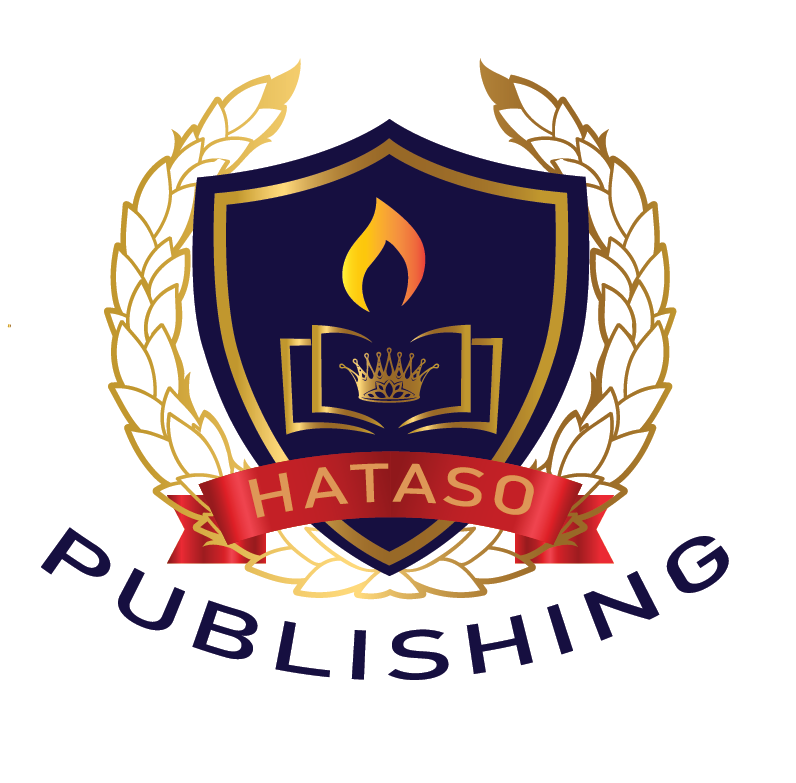


Apitherapy is a branch of alternative medicine that uses honey bee products including honey, propolis, pollen, bee venom, and royal jelly. Stingless bee honey reportedly has many medicinal and therapeutic uses and excellent potency. This study aimed to identify the phenolic compounds using a fast and specific reversed-phase HPLC method in the extract of stingless bee honey. A magnetic stirrer was used for the pretreatment process of a sample with methanol at a temperature of 50°C for 40 min, followed by separation on a column size of 250 mm × 4.6 mm (5 μm) hypersil gold-C18 (Thermo Electron Corporation) with water–methanol–acetonitrile (45:40:15 v/v/v) containing acetic acid 1.0% as a mobile phase. A 254-nm wavelength was used to detect the extract. The standard retention times of the gallic acid, rutin, ascorbic acid, quercetin, and kaempferol were found to be at 2.610, 2.875, 3.150, 5.789, and 8.983 min, respectively. The existence of gallic acid, rutin, ascorbic acid, kaempferol, and quercetin in the stingless bee honey extract was found to match according to the standard retention time. In the stingless bee honey, the retention times of gallic acid, rutin, ascorbic acid, quercetin, and kaempferol were found to be at 2.613, 2.866, 3.157, 5.790, and 8.966 min, respectively. In the stingless bee honey, the amounts of gallic acid, rutin, ascorbic acid, quercetin, and kaempferol were 1.426%, 2.533%, 16.922%, 1.851%, and 13.773%, respectively. According to the results, it is concluded that stingless bee honey is rich in phenolic acids and flavonoid compounds that have strong antioxidant properties.